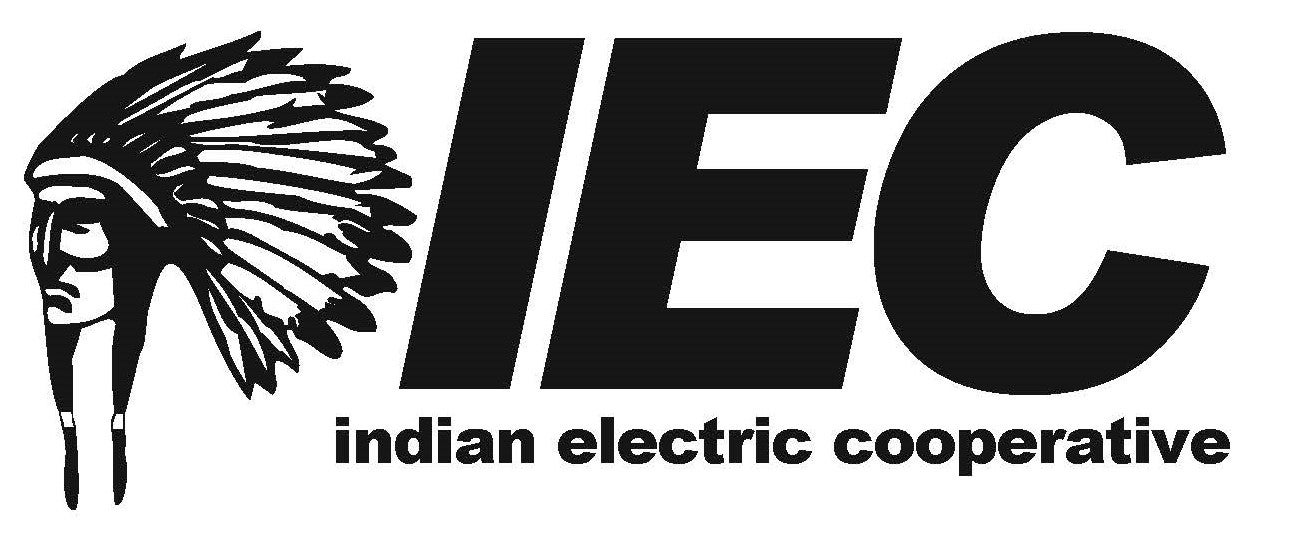EMAIL LEGISLATORS OR POST ON SOCIAL MEDIA NOW BY CLICKING HERE


TAKE ACTION: CONTACT YOUR LEGISLATOR TODAY!
In the utility industry, the term “pole attachment” refers to attachments by telecommunications providers to electric utility poles. Currently, a pole attachment dispute is taking place in the utility industry and is highlighted in HB-3835. An analogy to pole attachments can be illustrated in the difference between a homeowner and a renter. In this case, your rural electric cooperative is the homeowner. Telecommunication companies are the renters.
The electric cooperative has secured the right-of-way. The co-op has purchased the poles and hung the wire. The cooperative and its Oklahoma consumer-members own the infrastructure. The tenants want to rent space on your poles. They could bury it, they could build their own poles, but the most economical choice is to rent space on the cooperative’s poles. Not only do they want to rent space on the co-op’s poles, they want to tell the cooperative, who are the owners of the infrastructure, what they can charge. And if the owner declines to rent at their price, which would result in the owner subsidizing the renter, they ask the legislature to set the prices the owner can charge.
The renters – who are large, for-profit internet providers who have had no interest in rural Oklahoma until taxpayers started paying for their infrastructure – have spent three legislative sessions pushing legislation that would require your co-op to accept rent less than the cost of operating and maintaining the electrical infrastructure.
Despite the objection to government intervention, Oklahoma’s electric cooperatives have offered several solutions. Most recently, cooperatives offered a pole attachment formula that provides for the cooperative to recover its fully allocated cost for infrastructure. It encourages negotiated rates first, but sets price caps on what co-ops can charge for pole attachments. Nine out of 27 distribution co-ops would be capped at a rate lower than what these renters have previously agreed to pay under contracts. Under the cooperatives’ proposal, one third of our cooperatives will have lower attachment rates when their current contracts expire. Cooperatives also offered provisions that would prohibit cross-subsidization between the electric cooperative and their subsidiaries offering fiber to the home service.
Electric co-ops support the expansion of broadband to rural communities. Nine of Oklahoma’s electric cooperatives are providing broadband through subsidiaries to their membership. They are the only broadband provider with up to a 50% adoption rate because they are truly serving unserved areas and they are trusted with exceptional prices and service. The other electric co-ops partner with internet providers to extend broadband into their territories.
Several studies have shown pole attachment rates are not a barrier to broadband expansion. In fact, it is the least expensive cost of extending broadband cable and facilities. Electric cooperatives are doing their part. As they seek the best interest of their consumer-members, electric co-ops shouldn’t be required to subsidize much larger corporate broadband providers with under compensated attachment rates.


